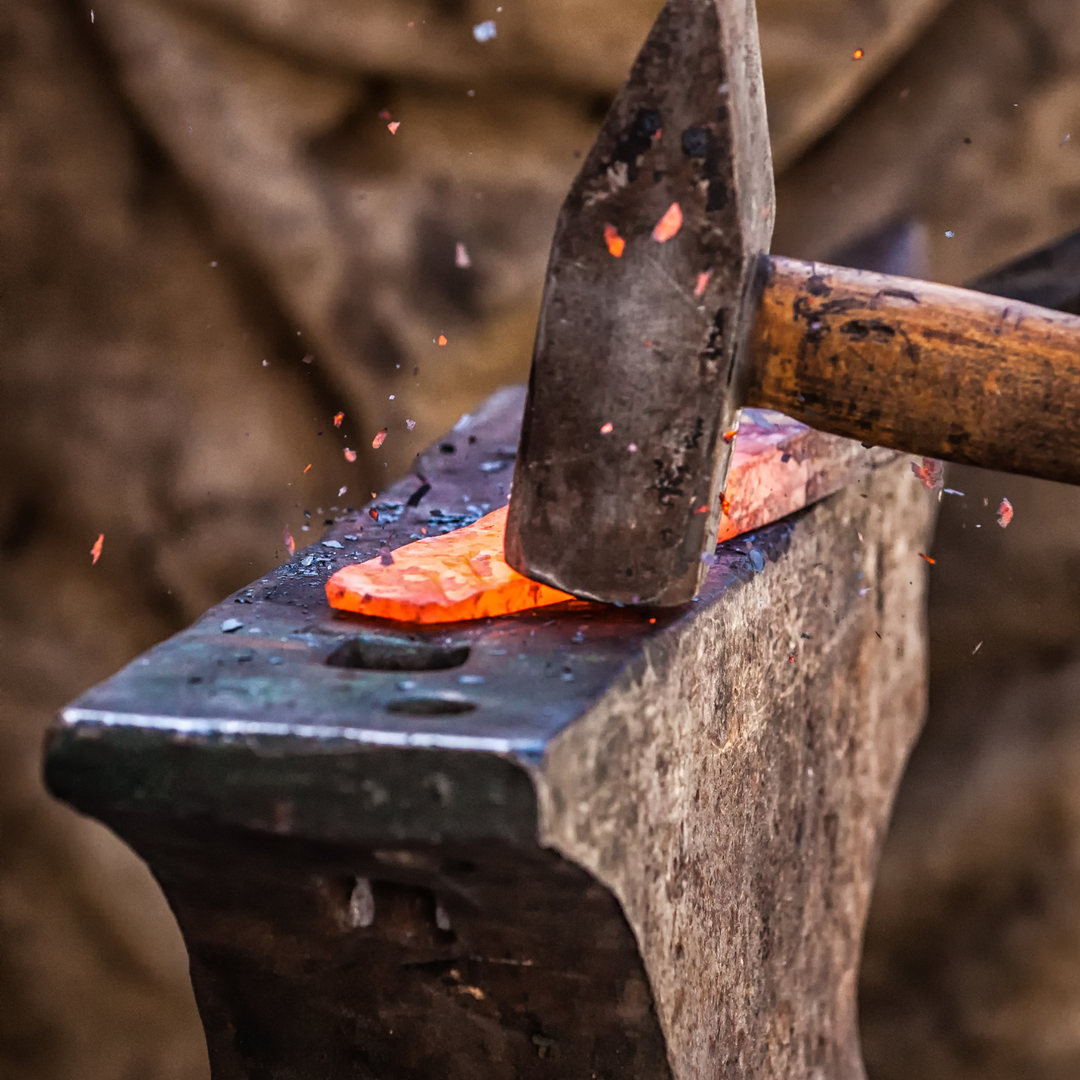Introduction
Duck hunting in the United States is a revered tradition, varying across the vastness of the country and reflecting the rich diversity of both the landscape and the waterfowl that inhabit it. This guide offers an in-depth look at the regional nuances of duck hunting, the spectrum of duck species found across the nation, sumptuous recipes to savor your catch, and essential tips on dressing and serving your duck. We’ll also navigate the legalities of hunting seasons and regulations.
Duck Hunting by Region
The U.S. is typically divided into four waterfowl hunting zones: the Atlantic, Mississippi, Central, and Pacific Flyways. Each region boasts distinct habitats and species, tailoring the hunting experience to its unique environmental tapestry.
Atlantic Flyway:
• Habitat: Coastal marshes and inland wetlands.
• Duck Varieties: Mallards, Black Ducks, Wood Ducks.
• Seasons and Laws: Strict bag limits and shorter seasons to protect local populations.
Mississippi Flyway:
• Habitat: The Mississippi River Basin, rice fields, and floodplains.
• Duck Varieties: Mallards, Pintails, Teal.
• Seasons and Laws: Moderate regulations, with attention to conservation efforts.
Central Flyway:
• Habitat: Prairie potholes and river deltas.
• Duck Varieties: Gadwalls, Wigeons, Canvasbacks.
• Seasons and Laws: Diverse seasons depending on state regulations, with generous bag limits in some areas.
Pacific Flyway:
• Habitat: Coastal estuaries and the Great Salt Lake.
• Duck Varieties: Cinnamon Teal, Northern Shovelers, Buffleheads.
• Seasons and Laws: Varies widely; some states have extended seasons due to migration patterns.
Duck Varieties and Identification
Duck identification is crucial, not just for legal compliance but also for ethical hunting. Ducks can be categorized by their size, plumage, and calls. For instance, the vibrant green head of a Mallard is unmistakable, while the intricate patterns of the Wood Duck are a sight to behold. The iridescent speculum feathers found on many ducks serve as a useful indicator during identification.
Culinary Suggestions for Hunters
Once you’ve had a successful hunt, it’s time to indulge in the fruits of your labor. Here are a few recipes that turn your catch into a gourmet feast:
• Classic Roast Duck: A simple yet elegant dish that highlights the natural flavors.
• Duck Gumbo: A hearty, spicy stew perfect for the Southern palate.
• Duck a l’Orange: A French delicacy that pairs the richness of duck with the sweet citrus notes of orange.
Dressing and Serving Your Duck
Dressing a duck for serving is an art. Begin by plucking the feathers, then gutting and cleaning the bird. Be sure to remove the glands and any residual pinfeathers. For a presentable dish, truss the duck before roasting to ensure an even cook and an aesthetically pleasing plate.
Seasons, Regions, and Laws
Hunting seasons are typically set in the fall and winter when ducks migrate. It’s crucial to stay updated with the U.S. Fish and Wildlife Service and your state’s wildlife agency for the latest regulations. Remember, the laws are in place to maintain healthy duck populations and ensure the continuation of the hunting tradition.
Conclusion
Duck hunting is a cherished practice in the U.S., offering an immersive experience into the natural world, a connection to tradition, and a gateway to culinary exploration. Whether you’re in the misty marshlands of the Atlantic or the vast deltas of the Pacific, understanding regional practices, species, and regulations will enhance your hunting journey. Always hunt responsibly, respect the laws, and savor every moment from the blind to the table.
Duck hunting in the United States is a revered tradition, varying across the vastness of the country and reflecting the rich diversity of both the landscape and the waterfowl that inhabit it. This guide offers an in-depth look at the regional nuances of duck hunting, the spectrum of duck species found across the nation, sumptuous recipes to savor your catch, and essential tips on dressing and serving your duck. We’ll also navigate the legalities of hunting seasons and regulations.
Duck Hunting by Region
The U.S. is typically divided into four waterfowl hunting zones: the Atlantic, Mississippi, Central, and Pacific Flyways. Each region boasts distinct habitats and species, tailoring the hunting experience to its unique environmental tapestry.
Atlantic Flyway:
• Habitat: Coastal marshes and inland wetlands.
• Duck Varieties: Mallards, Black Ducks, Wood Ducks.
• Seasons and Laws: Strict bag limits and shorter seasons to protect local populations.
Mississippi Flyway:
• Habitat: The Mississippi River Basin, rice fields, and floodplains.
• Duck Varieties: Mallards, Pintails, Teal.
• Seasons and Laws: Moderate regulations, with attention to conservation efforts.
Central Flyway:
• Habitat: Prairie potholes and river deltas.
• Duck Varieties: Gadwalls, Wigeons, Canvasbacks.
• Seasons and Laws: Diverse seasons depending on state regulations, with generous bag limits in some areas.
Pacific Flyway:
• Habitat: Coastal estuaries and the Great Salt Lake.
• Duck Varieties: Cinnamon Teal, Northern Shovelers, Buffleheads.
• Seasons and Laws: Varies widely; some states have extended seasons due to migration patterns.
Duck Varieties and Identification
Duck identification is crucial, not just for legal compliance but also for ethical hunting. Ducks can be categorized by their size, plumage, and calls. For instance, the vibrant green head of a Mallard is unmistakable, while the intricate patterns of the Wood Duck are a sight to behold. The iridescent speculum feathers found on many ducks serve as a useful indicator during identification.
Culinary Suggestions for Hunters
Once you’ve had a successful hunt, it’s time to indulge in the fruits of your labor. Here are a few recipes that turn your catch into a gourmet feast:
• Classic Roast Duck: A simple yet elegant dish that highlights the natural flavors.
• Duck Gumbo: A hearty, spicy stew perfect for the Southern palate.
• Duck a l’Orange: A French delicacy that pairs the richness of duck with the sweet citrus notes of orange.
Dressing and Serving Your Duck
Dressing a duck for serving is an art. Begin by plucking the feathers, then gutting and cleaning the bird. Be sure to remove the glands and any residual pinfeathers. For a presentable dish, truss the duck before roasting to ensure an even cook and an aesthetically pleasing plate.
Seasons, Regions, and Laws
Hunting seasons are typically set in the fall and winter when ducks migrate. It’s crucial to stay updated with the U.S. Fish and Wildlife Service and your state’s wildlife agency for the latest regulations. Remember, the laws are in place to maintain healthy duck populations and ensure the continuation of the hunting tradition.
Conclusion
Duck hunting is a cherished practice in the U.S., offering an immersive experience into the natural world, a connection to tradition, and a gateway to culinary exploration. Whether you’re in the misty marshlands of the Atlantic or the vast deltas of the Pacific, understanding regional practices, species, and regulations will enhance your hunting journey. Always hunt responsibly, respect the laws, and savor every moment from the blind to the table.






Leave a comment